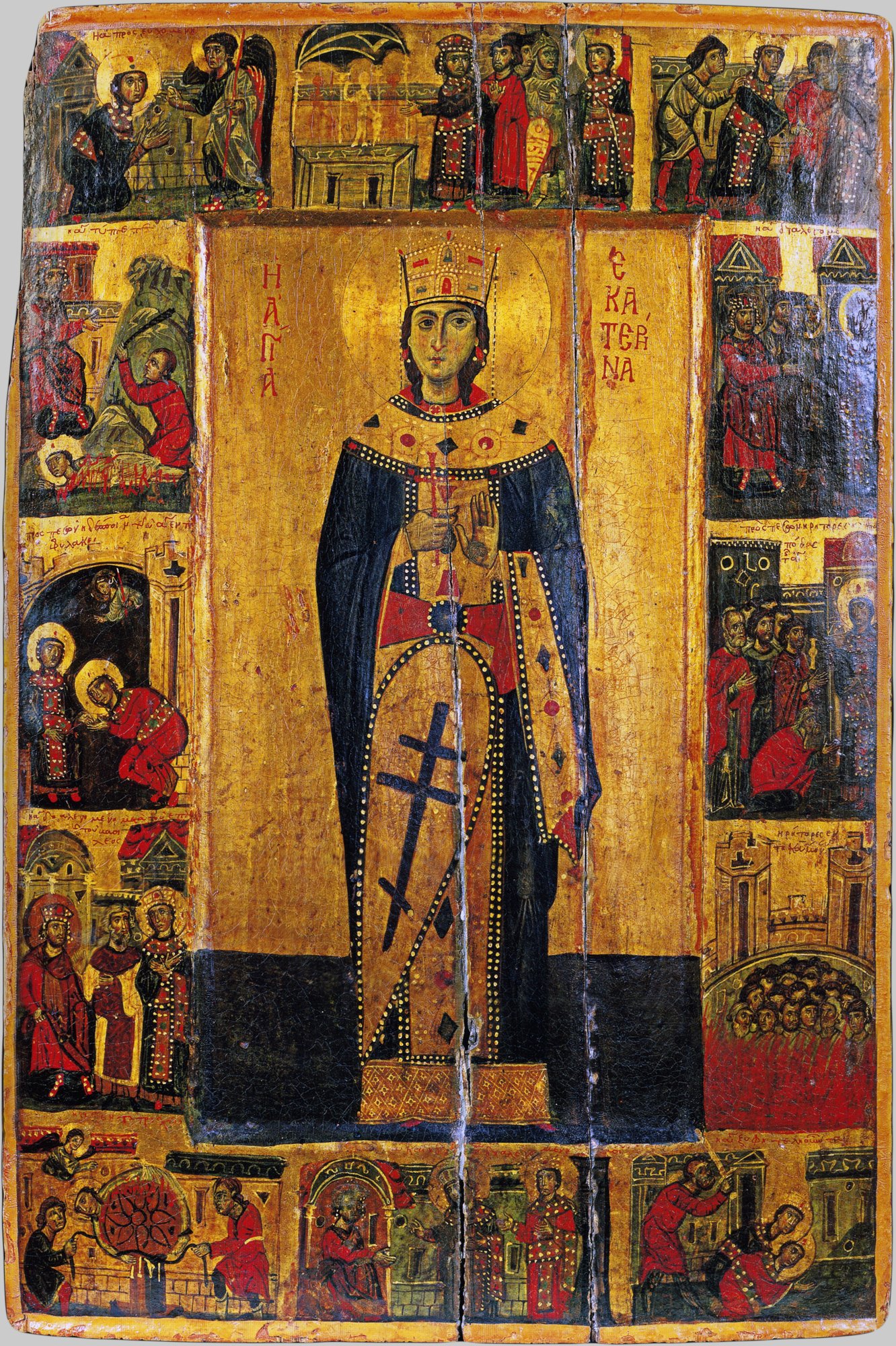When we are immersed in sins, and our mind is occupied solely with worldly cares, we do not notice the state of our soul. We are indifferent to who we are inwardly, and we persist along a false path without being aware of it.
But then a ray of God's Light penetrates our soul. And what filth we see in ourselves! How much untruth, how much falsehood! How hideous many of our actions prove to be, which we fancied to be so wonderful. And it becomes clear to us which is the true path.
If we then recognize our spiritual nothingness, our sinfulness, and earnestly desire our amendment - we are near to salvation. From the depths of our soul we shall cry out to God: "Have mercy on me, O God, have mercy according to Thy mercy!" "Forgive me and save me!" "Grant me to see my own faults and not to judge my brother!"
St.John Maximovitch

